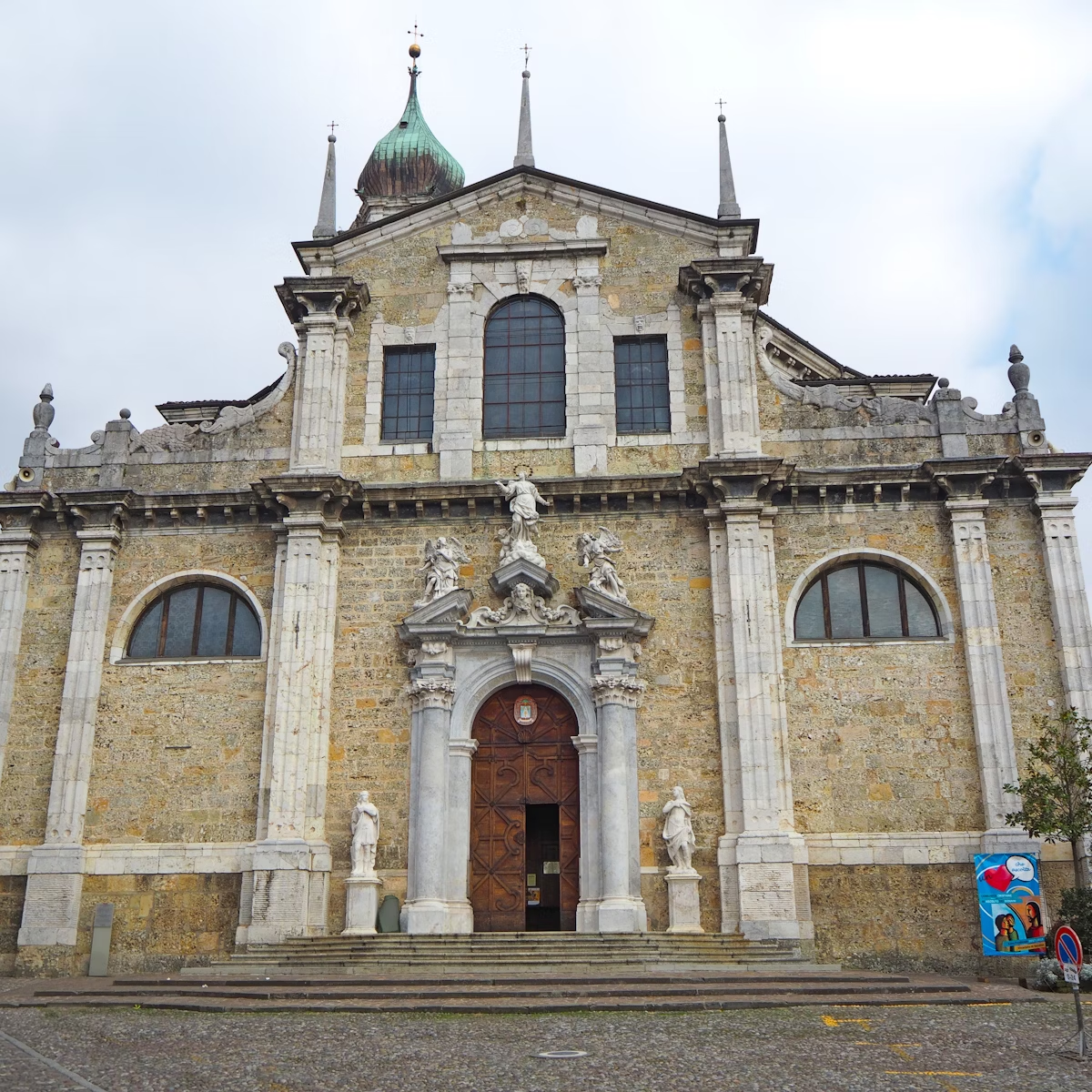Opened in 1882, Aquileia’s archaeological museum is one of the oldest in Italy. Recently renovated, its rich and varied collection has been superbly rearranged across three floors, moving from monumental sculptures and artefacts that played a role in civic and religious life to intimate, upstairs rooms filled with intriguing personal belongings. Standouts include a bronze relief of Boreas, the God of Wind, his hair licked by the breeze; exquisite mosaic panels; and an extraordinary glass display organised in colour blocks.
Outside in the villa's courtyard is an open-air lapidary.








